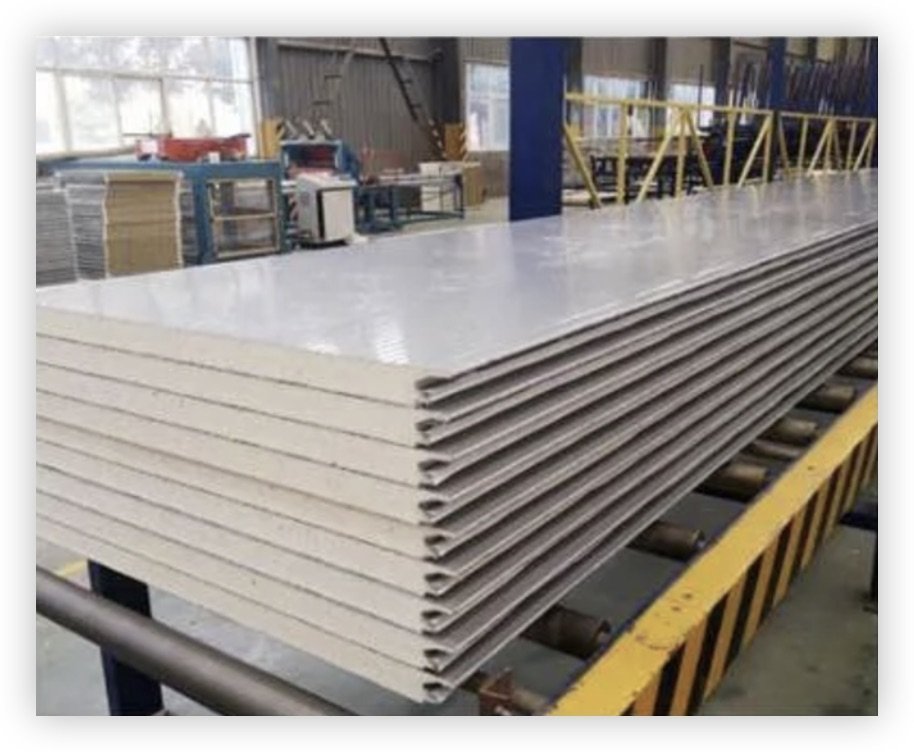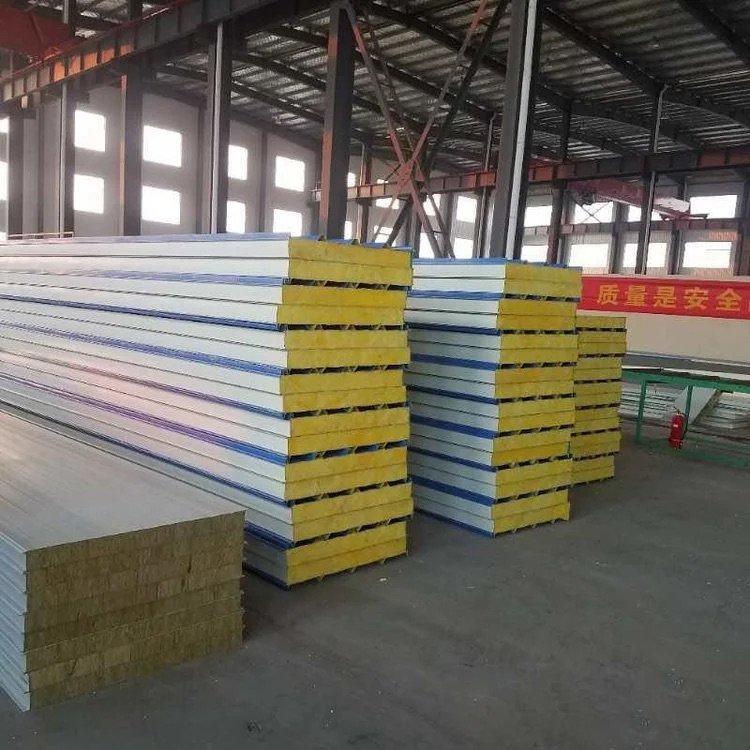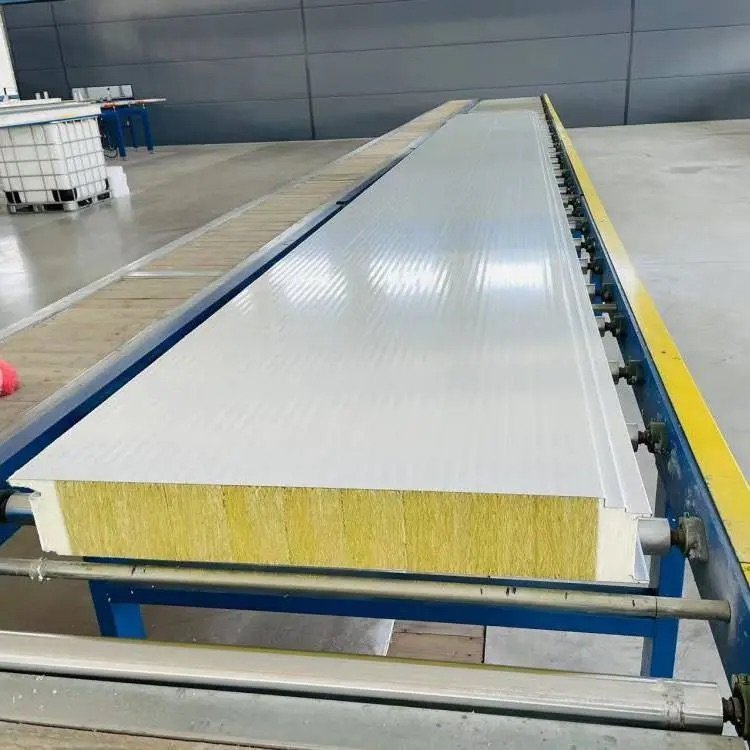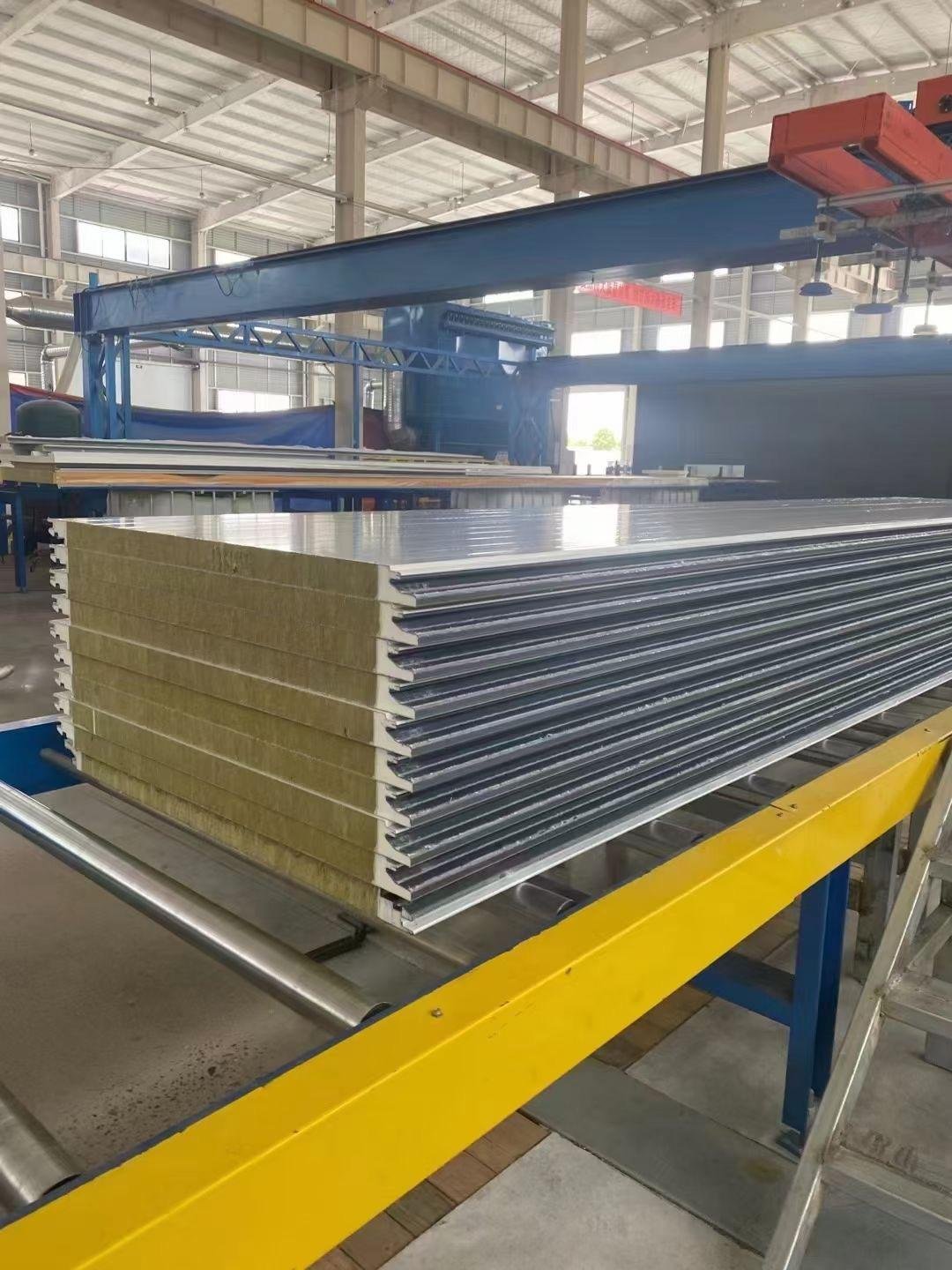
When considering PU vs EPS roof panels, it’s important to understand their benefits. PU panels provide superior insulation and have a longer lifespan. They effectively retain heat or cool air with a thermal conductivity of 0.022 W/(m·K). Additionally, PU panels contribute to greater energy savings annually, reducing consumption by 443,820 kWh compared to 441,330 kWh for EPS panels. On the other hand, EPS panels are more affordable and lighter, making them easier to install and a great option for budget-conscious projects. Ultimately, the choice between PU vs EPS panels will depend on your specific needs, such as insulation performance, cost, and durability.
Key Takeaways
PU panels keep homes cozy and lower energy costs a lot.
EPS panels cost less and are light, great for cheap projects.
PU panels last longer, over 90 years, unlike EPS panels.
PU panels resist fire better, safer for fire-risk places.
Think about your budget and weather when picking PU or EPS.
PU vs EPS: What Are Roof Sandwich Panels?

Roof sandwich panels are made of layers for insulation and support. They have two outer layers and a middle core. The core material changes based on the panel type. Let’s look at PU and EPS roof sandwich panels.
PU Roof Sandwich Panels: Composition and Uses
PU (Polyurethane) panels are great for insulation and strength. They have a foam core between steel or aluminum layers. The foam keeps heat in or out with low conductivity, ≤0.020 W/m·k. This makes PU panels perfect for saving energy.
PU panels are 40 mm to 200 mm thick. The foam density is usually 38 to 42 kg/m³. They meet standards like ASTM:D1622 and EN 13165 for quality and performance.
PU panels are used in factories, warehouses, and cold storage. They handle tough weather and resist water well. Their fire safety rating (B2) adds extra protection.
EPS Roof Sandwich Panels: Composition and Uses
EPS (Expanded Polystyrene) panels are light and affordable. They have a foam core covered by steel layers. The foam density is 10 to 25 kg/m³, giving decent insulation with 0.032 W/(m·k) conductivity.
EPS panels come in sizes like 50 mm, 75 mm, and 100 mm. They work well for buildings, cold storage, and farms. They are also used in prefab homes and trucks because they are easy to install.
EPS panels don’t insulate as well as PU panels. But they are cheaper and flexible for many projects. Their low cost makes them a smart choice for budget roofing.
PU vs EPS: Key Comparison Factors

Insulation Performance
PU panels insulate better than EPS panels. They stop heat transfer more effectively. Here are some important details:
PU panels have thermal conductivity between 0.022 W/mK and 0.028 W/mK, depending on thickness.
Rigid polyurethane foam in PU panels insulates even better, with 0.018~0.024 W/mK.
EPS panels have higher thermal conductivity, around 0.032 W/mK, so they insulate less effectively.
In places with extreme weather, PU panels keep homes comfortable. They also lower energy bills. Their great insulation makes them perfect for energy-saving buildings.
Cost Comparison
EPS panels cost less than PU panels. They are lightweight and cheaper to make. If you have a small budget, EPS panels give decent insulation at a lower price.
PU panels cost more but save money over time. Their insulation reduces heating and cooling costs. For example, buildings with PU panels use less energy, which balances the higher price.
Your choice depends on your needs. If saving money upfront matters most, pick EPS panels. But if you want energy savings later, PU panels are worth the extra cost.
Durability and Lifespan
PU panels are very strong and last a long time. Homes with PU-based panels can last over 90 years. They stay sturdy, insulate well, and remain airtight for decades.
EPS panels are durable but don’t last as long as PU panels. They wear out faster, especially in bad weather. For a long-lasting roof, PU panels are the better option.
Fire Resistance
PU and EPS panels handle fire differently. PU panels are safer in fires. They have flame-retardant features and are rated B1, B2, or B3. B1 is the safest, with an oxygen index of 30 or more. B2 panels have an oxygen index of 28 or higher, making them flame-retardant. B3 panels, with an oxygen index of 26 or more, are less fire-safe.
EPS panels are also tested for fire safety. Their fire resistance depends on the core material. For example, EPS cores can last up to 60 minutes in a fire. However, they are not as fire-resistant as PU panels.
Here’s a simple fire resistance comparison:
Parameter | PU Panels | EPS Panels |
|---|---|---|
Temperature rise (unexposed) | Varies by design | Varies by design |
Integrity (E) | Evaluated | Evaluated |
Deflection | Based on thickness | Based on thickness |
If fire safety matters most, PU panels are the best choice. They are better for fire-sensitive projects.
Moisture Resistance
Moisture resistance is also important when choosing panels. PU panels are great at blocking water. Their closed-cell design stops water from soaking in. This makes them perfect for wet or humid areas. They keep their insulation even when wet.
EPS panels absorb water faster but dry quicker too. This can be helpful in some cases. A study showed EPS panels had 4.8% moisture after 15 years, while XPS panels had 18.9%. After drying for 30 days, EPS panels kept only 0.7% moisture, but XPS panels still had 15.7%.
Water affects insulation performance. XPS lost 48% of its R-value due to water, while EPS lost just 6%. This shows EPS panels work well if they can dry out.
For long-term water resistance, PU panels are better. But EPS panels can work in certain situations, especially if you want to save money.
PU vs EPS: Best Uses for Different Roof Needs

Affordable Roofing Options
If you need a cheap roofing choice, pick EPS panels. They are light and cost less, making them popular for homes and businesses. Even though they are cheaper, they still insulate well. This helps lower energy bills over time. For instance, EPS panels save money with decent thermal efficiency, even if their R-value is lower than PU panels.
PU panels cost more at first but save money later. They insulate better and have high R-values, cutting heating and cooling costs by up to 30%. This makes them a good choice for energy-saving buildings. PU panels also stop heat loss by providing continuous insulation and avoiding thermal gaps.
Roofing for Tough Weather
In extreme weather, PU panels work better than EPS panels. They block water, resist cracks, and stay strong in bad conditions. Tests show PU panels keep their strength after tough weather tests, with only small changes like a 5.1% drop in bond strength. Simulations also prove they handle temperature changes well.
EPS panels are cheaper but don’t handle harsh weather as well. They soak up water faster, which can hurt their insulation. But they dry quickly and keep most of their R-value, so they work fine in mild climates.
Test Type | Result |
|---|---|
Weathering Resistance | No cracks, peeling, or powdering; shows strong weather resistance. |
Bond Strength Reduction | Dropped by 8.1% (thermal-rain), 5.1% (thermal-cold), 12.1% (freeze-thaw); small overall effect. |
Temperature Effects Simulation | Simulations showed good results under temperature stress and shape changes. |
Durable Roofing Needs
For roofs that last a long time, PU panels are best. They can last over 90 years and keep insulating well. Their design stops water from soaking in, so they work great in wet places.
EPS panels are strong but don’t last as long as PU panels. They wear out quicker in tough weather. If you want a roof that lasts and performs well, PU panels are the better pick.
Fire-Sensitive Roofing Applications
When picking roofing for fire-sensitive areas, safety is key. PU and EPS panels have different fire resistance levels. This makes one better than the other based on needs.
PU panels resist fire better because they have flame-retardant features. Manufacturers add fire-resistant layers to meet strict rules. For example, in North America, PU panels must pass tough fire tests like ASTM E84. These tests ensure PU panels are safe for places like cold storage. In Europe, rules like the EPBD require low heat transfer and fire safety. These rules raise PU panel costs by 12-18%, but they make them safer for fire-sensitive roofs.
EPS panels are cheaper but don’t resist fire as well. Their core material burns more easily, so they aren’t ideal for strict fire safety areas. Some EPS panels are treated to resist fire, but they still don’t match PU panels in safety.
Here’s a table comparing fire safety rules and how they affect PU panels:
Region | Standards/Regulations | Impact on PU Panels |
|---|---|---|
European Union | Energy Performance of Buildings Directive (EPBD), DIN 4102-1 | Requires low heat transfer and fire safety, raising costs by 12-18%. |
North America | International Building Code (IBC), ASTM E84 | Needs fire-resistant layers for PU panels; used in cold storage. |
South Korea | ISO 14902 thermal performance standards | PU panels widely used in cold chain vehicles, saving fuel. |
If fire safety matters most, PU panels are the best pick. They meet stricter rules and are safer for fire-sensitive roofs.
When choosing between PU and EPS panels, think about your needs. PU panels are great for saving energy and lasting a long time. They work well for projects needing strong insulation and durability. For instance, the PU panel market was worth $9.5 billion in 2023. It is expected to grow to $16.8 billion by 2032 because of its excellent insulation and lightweight design.
EPS panels, however, cost less and are easier to handle. They are a good choice for projects with tight budgets. These panels are quick to install and need less upkeep than other materials. Studies also show that buildings with EPS panels save a lot of energy.
Decide based on your budget, weather, and building needs. PU panels are better for harsh climates and fire-safe areas. EPS panels are best for affordable and flexible roofing options.
FAQ
What is the main difference between PU and EPS roof sandwich panels?
PU panels insulate better and last longer. EPS panels are cheaper and lighter. PU panels are best for tough weather and long use. EPS panels suit low-cost projects in mild climates.
Are PU panels worth the higher cost?
Yes, PU panels save energy by cutting heating and cooling bills. They insulate well and last a long time. If you want durability and energy savings, PU panels are a smart buy.
Can EPS panels handle wet or humid conditions?
EPS panels soak up water faster but dry quickly. They keep most insulation after drying. PU panels block water better, so they’re best for wet places.
Which panel type is better for fire-sensitive areas?
PU panels are safer for fire-sensitive places. They have flame-resistant features and meet strict fire rules. EPS panels can resist fire but are less safe than PU panels.
How do I choose between PU and EPS panels?
Think about your budget, weather, and project needs. Pick PU panels for harsh weather, fire safety, and long-lasting roofs. Choose EPS panels for cheap, light roofs in mild climates or short-term use.







